Why Sketch Local Sports Events?
There’s a unique energy in local sports events—the cheers, the movement, the fleeting moments of tension and triumph. For artists, these gatherings offer a goldmine of dynamic poses, expressive gestures, and real-time storytelling. In this guide, we’ll explore how sketching local sports events can sharpen your observational skills, improve your gesture drawing, and bring your sketchbook practice to life.
Local sports events are accessible, affordable, and full of visual inspiration. From youth soccer games to community basketball tournaments, these settings are packed with spontaneous action and authentic emotion. Unlike posed figure drawing sessions, sports sketching challenges you to capture movement in real time—training your eye and hand to work together quickly and intuitively.
It’s also a great way to connect with your community, observe diverse body types in motion, and build a sketchbook filled with energy and narrative.
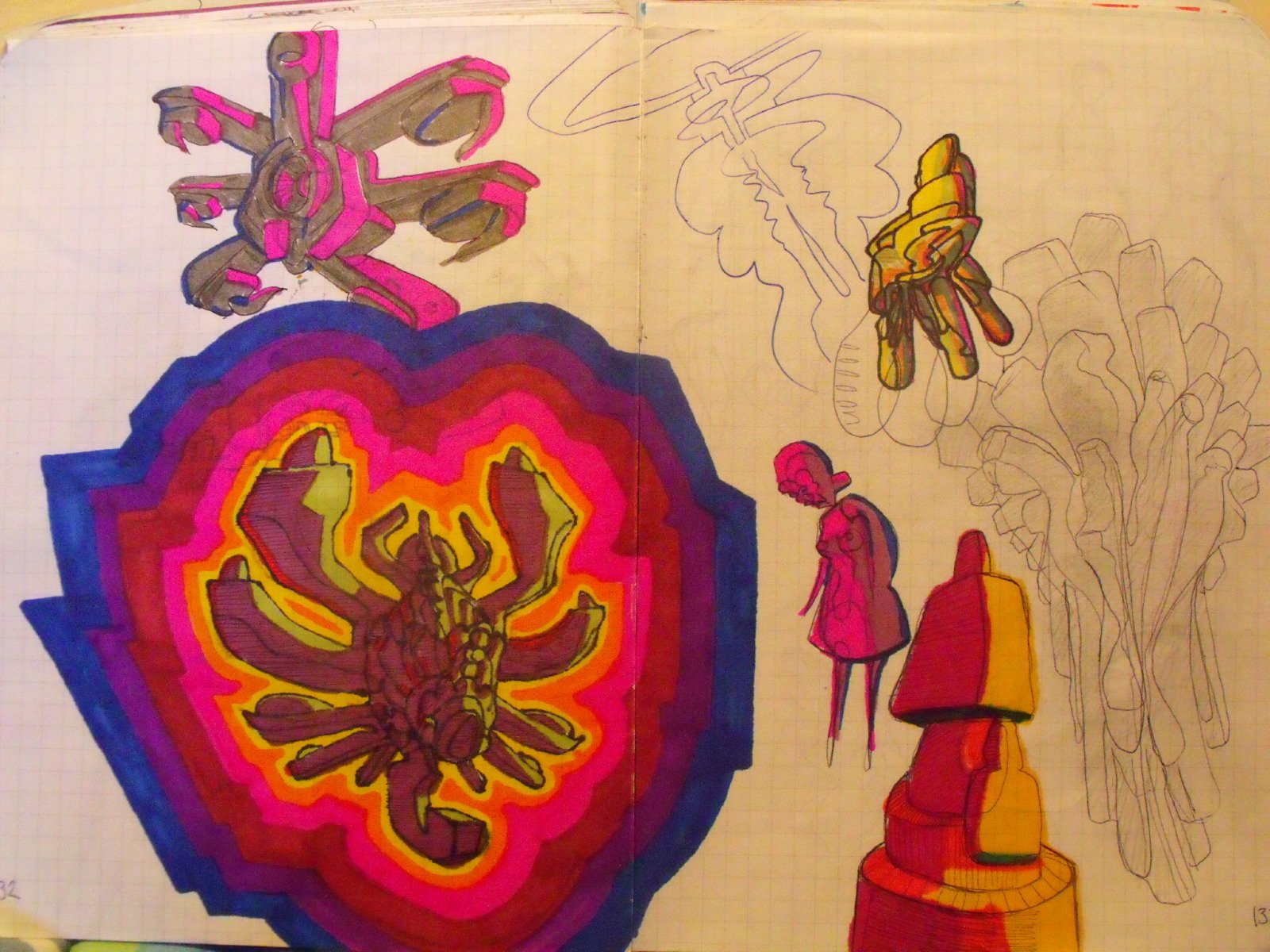
credit: anthonybirchfield
What to Bring to a Sports Sketching Session
Your Sketchbook
Choose a sketchbook that’s portable and sturdy. A wire-bound or hardcover sketchbook with smooth or lightly textured paper (around 100–150 GSM) works well for quick sketches and ink work.
Drawing Tools
Keep it simple and mobile:
- Mechanical pencil or clutch pencil for consistent lines
- Fineliner pens or brush pens for bold strokes
- Colored pencils or water-soluble markers for quick color accents
- Kneaded eraser and sharpener (if using traditional pencils)
Optional Extras
- A small folding stool or blanket
- Clip-on board if your sketchbook is softcover
- Hat, sunscreen, or umbrella for outdoor events
- A discreet camera or phone for reference shots (if permitted)

Sketchbooks.org | FEATURED ARTISTS
Mawltea and the Anatomy of the Absurd
An Introduction to the Inventive Mind of mawltea The digital gallery floor has opened on the collected works of mawltea, an artist whose profile hints at a whimsical, slightly self-deprecating approach: "freezing in Oslo, Norway"...
How to Capture People in Motion
Warm Up with Gesture Drawing
Start with 30-second to 2-minute gesture sketches. Focus on the overall movement and posture rather than details. Use loose lines to capture the rhythm of a runner’s stride or the arc of a basketball shot.
Observe Before You Draw
Take a few minutes to watch the game. Notice recurring movements—like a pitcher’s wind-up or a soccer player’s kick. Anticipating motion helps you prepare your strokes and position your sketchbook accordingly.
Use Line of Action
The line of action is the invisible curve that defines the energy of a pose. Start each figure with this line to establish flow and direction, then build the body around it.
Simplify the Form
Break the body into basic shapes—ovals for heads, cylinders for limbs, triangles for torsos. This helps you sketch faster and maintain proportion even when the subject moves.
Layer Your Sketches
Use light pencil lines for initial gestures, then go over them with ink or darker pencil to refine. You can also overlay multiple poses on one page to show progression or contrast.
Choosing the Right Sports Events
Youth and Amateur Games
These are ideal for beginners. The pace is slower, and the environment is more relaxed. Parents and spectators are usually welcoming, and you’ll find a wide range of body types and movement styles.
Community Tournaments
From local baseball leagues to roller derby matches, community events offer rich visual variety and expressive moments. They’re also great for capturing crowd reactions and sideline dynamics.
Practice Sessions
Team practices are often less crowded and more repetitive—perfect for studying specific movements like dribbling, passing, or stretching.
Indoor vs. Outdoor Events
Outdoor games offer natural light and open space, while indoor events provide consistent lighting and shelter. Choose based on your comfort and the tools you’re using.
Tips for a Productive Sketching Session
- Arrive early to find a good vantage point
- Stay discreet and respectful—don’t block views or distract players
- Use a limited palette to stay focused and efficient
- Capture the crowd—spectators offer great opportunities for expressive poses
- Label your sketches with the date, location, and sport for future reference
- Don’t aim for perfection—focus on energy, not accuracy
How Sketching Sports Improves Your Art
- Enhances gesture drawing and speed
- Improves anatomy and proportion under pressure
- Builds confidence in public sketching
- Develops storytelling through body language and composition
- Expands your visual library of dynamic poses and real-world movement
Frequently Asked Questions
What’s the best sport to sketch for beginners?
Soccer, baseball, and track events are great because they offer clear, repetitive movements and open sightlines.
Do I need permission to sketch at public sports events?
Generally no, but always be respectful and avoid drawing minors in detail without consent.
How do I deal with fast movement?
Focus on gesture and rhythm—don’t try to capture every detail, just the essence of the motion.
Can I use photos for reference later?
Yes, if allowed, taking reference shots can help you refine sketches or finish them at home.
What if people notice me sketching?
Most are curious or flattered—just smile, explain what you’re doing, and keep it low-key.
Should I add color on-site or later?
You can do either—quick color accents on-site add vibrancy, or you can finish with watercolor or digital tools later.
How long should I stay at an event?
Even 30–60 minutes can yield several strong sketches—stay as long as you’re comfortable and inspired.
Final Thoughts
Sketching local sports events is a rewarding way to blend art, observation, and community. It sharpens your ability to capture movement, builds confidence in public sketching, and fills your sketchbook with life and energy. Whether you’re drawing a little league game or a neighborhood basketball match, the goal isn’t perfection—it’s presence.
So grab your sketchbook, head to the sidelines, and let the motion guide your pencil. Every sprint, leap, and cheer is a chance to grow as an artist.
Ready to Share Your Work?
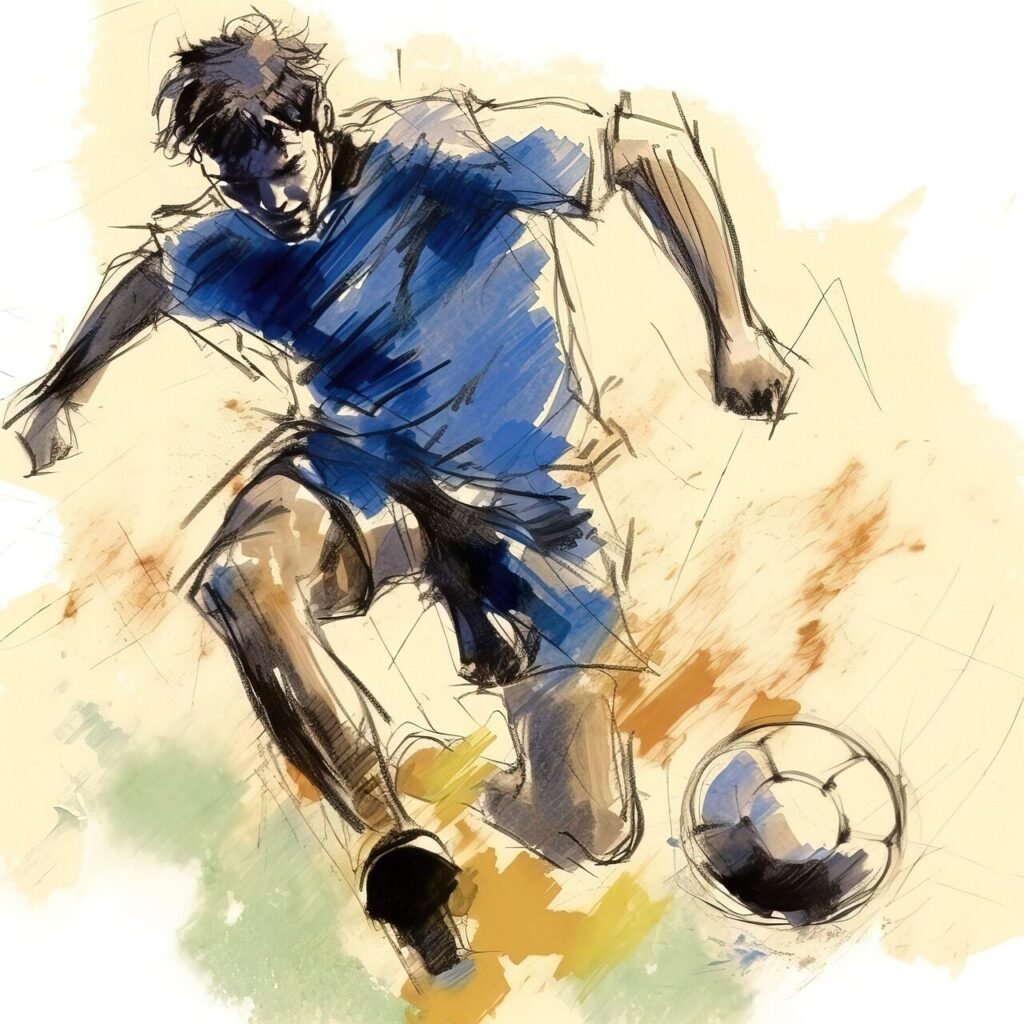

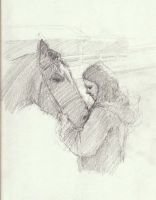
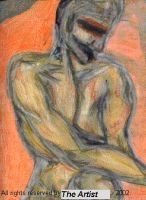
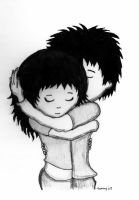



I now keep a tiny sketchbook in my glovebox for surprise sports inspos